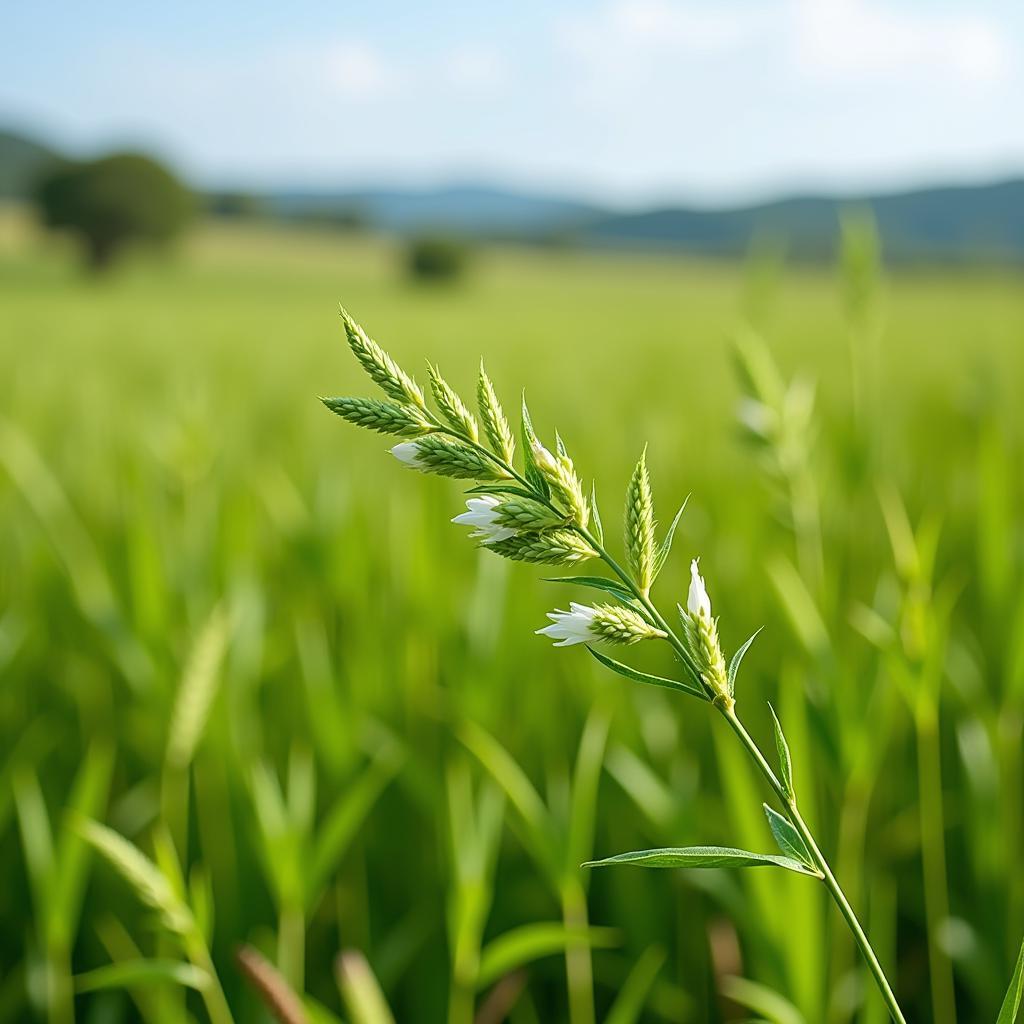African Elephant Classification Levels: A Deep Dive
Understanding African Elephant Classification Levels is crucial for conservation efforts and appreciating the biodiversity within this iconic species. African elephants, once considered a single species, are now recognized as two distinct species: the African savanna elephant and the African forest elephant. This distinction, based on genetic, morphological, and ecological differences, has significant implications for their management and protection.
The African savanna elephant ( Loxodonta africana ) and the African forest elephant ( Loxodonta cyclotis ) each occupy unique niches within the African landscape. While the savanna elephant roams the vast grasslands, the forest elephant thrives in the dense rainforests of Central and West Africa. This habitat differentiation has led to distinct evolutionary paths, resulting in noticeable physical and behavioral differences. For instance, forest elephants are smaller, have straighter tusks, and possess rounded ears compared to their savanna counterparts. Recognizing these differences is paramount for effective conservation strategies, as each species faces unique threats and requires tailored management approaches. After learning about African elephant scientific classification, you may also be curious about other aspects of their lives, like their breeding age. You can find more information on african elephant breeding age.
Exploring the Taxonomy of African Elephants
The classification of African elephants follows a hierarchical system, starting with the broadest category, the Kingdom Animalia, and narrowing down to the specific species. This system helps us understand the evolutionary relationships and shared characteristics between different organisms.
Kingdom, Phylum, Class, and Order: The Broader Classifications
- Kingdom: Animalia (Animals)
- Phylum: Chordata (Chordates – animals with a notochord)
- Class: Mammalia (Mammals)
- Order: Proboscidea (Proboscideans – characterized by a trunk)
These broader classifications highlight the fundamental characteristics that elephants share with other animals. They are multicellular, possess a notochord during development, nourish their young with milk, and have a distinctive trunk.
Family, Genus, and Species: Defining the African Elephant
- Family: Elephantidae (Elephants)
- Genus: Loxodonta (African elephants)
- Species: Loxodonta africana (African savanna elephant) and Loxodonta cyclotis (African forest elephant)
The family Elephantidae encompasses all extant elephant species, including the Asian elephant. Within this family, the genus Loxodonta distinguishes the African elephants. Finally, the species level identifies the two distinct types of African elephants: Loxodonta africana and Loxodonta cyclotis. Understanding the classification of African elephants and their endangered status is vital for their conservation. Find out more about their african elephant endangered level.
Why is Understanding African Elephant Classification Levels Important?
Understanding these classification levels is not just an academic exercise. It has significant implications for conservation efforts. For example, recognizing the distinct species status of forest and savanna elephants allows for more targeted conservation strategies, addressing the specific threats faced by each population.
Conservation Implications of Distinct Species
Recognizing the two distinct species has significant implications for conservation management. Forest elephants, for example, are more vulnerable to habitat loss due to deforestation and are also targeted for the illegal ivory trade. Savanna elephants, while facing similar threats, require different conservation approaches due to their different ecological needs and range.
“Recognizing the distinct species is crucial for effective conservation,” says Dr. Anika Malima, a wildlife biologist specializing in elephant conservation. “It allows us to tailor our efforts to the specific needs of each species, ensuring their long-term survival.”
The Future of African Elephant Conservation
The future of African elephants relies heavily on our understanding of their classification and the unique challenges faced by each species. By recognizing the distinct needs of both savanna and forest elephants, we can implement more effective conservation strategies, ensuring their survival for generations to come. Understanding the plants these elephants interact with, such as the african grass scientific name, adds another layer to their ecological picture.
“Protecting these magnificent creatures requires a multifaceted approach,” adds Dr. Joseph Ngugi, a conservationist working in East Africa. “This includes combating poaching, mitigating human-wildlife conflict, and preserving their natural habitats.”
Conclusion
The classification of African elephants into two distinct species – the African savanna elephant and the African forest elephant – is a crucial aspect of their conservation. This understanding allows for targeted conservation efforts, addressing the unique threats and ecological needs of each species. By appreciating the biodiversity within these iconic animals and continuing research into their classifications, we can better protect them and ensure their future. You can learn more about the full african elephant scientific classification.
FAQ
- What are the two species of African elephants? The African savanna elephant and the African forest elephant.
- What is the scientific name for the African savanna elephant? Loxodonta africana.
- What is the scientific name for the African forest elephant? Loxodonta cyclotis.
- How do the two species differ physically? Forest elephants are smaller, have straighter tusks, and rounder ears.
- Why is it important to distinguish between the two species? For targeted conservation efforts.
- What family do African elephants belong to? Elephantidae.
- What is the main threat to African elephants? Habitat loss and poaching.
Further Exploration
- Elephant Behavior and Social Structure
- The Impact of Climate Change on African Elephants
- The Role of Elephants in African Ecosystems
Need Help?
For any assistance or inquiries regarding African wildlife and conservation, please contact us:
Phone: +255768904061
Email: [email protected]
Address: Mbarali DC Mawindi, Kangaga, Tanzania.
Our customer service team is available 24/7.

